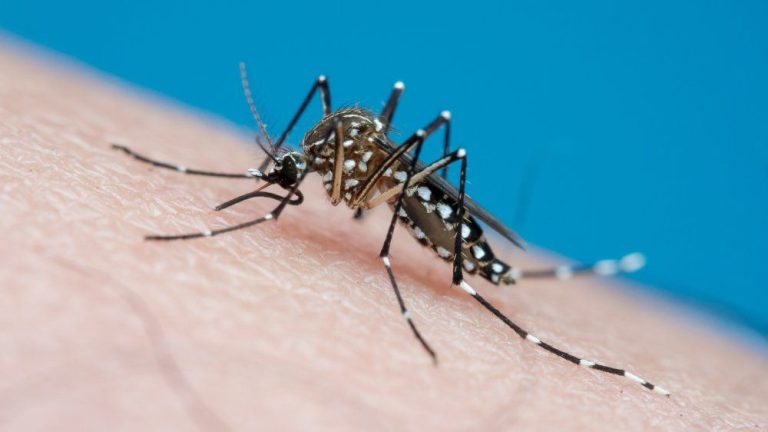HONOLULU — The Hawaii Department of Health on Wednesday alerted the public to reports of travel-related dengue fever cases in Hawaii. The person infected with the virus had recently traveled to a country where dengue fever is common, according to a DOH news release.
The last locally acquired case of dengue fever in Hawaii was in 2016.
Mosquitoes spread the dengue virus from person to person.
Reducing the number of mosquitoes reduces the chance of transmitting dengue fever to others. In areas where dengue cases have not been reported, eliminate mosquito breeding sites such as water buckets, water-receiving plants (such as bromeliads), small containers, planters, rain barrels, and cups left outdoors. . Mosquitoes only need a small amount of standing water to breed, so simply pouring water from a holding container will eliminate the possibility of breeding.
The Hawaii State Department of Health says that while Hawaii is home to the type of mosquito that transmits dengue fever, the virus is not established in the state and cases have currently only been confirmed among travelers. Ta.
Travelers to dengue endemic areas are at risk of infection. According to the DOH, as some countries are reporting an increase in dengue cases, travelers should check the country-specific travel information 4 to 6 weeks in advance of their trip to get the latest guidance on dengue risks and precautions. We advise travelers to check.
The Centers for Disease Control and Prevention recommends that when traveling to dengue endemic areas, use EPA-registered insect repellent, wear long-sleeved shirts and long pants when outdoors, especially at dusk or dawn, and stay in an air-conditioned room. He advises people to take regular precautions, such as sleeping. or a room with window screens or mosquito nets.
Travelers who have been to dengue endemic areas are advised to avoid mosquito bites for three weeks. If you develop dengue symptoms within two weeks of returning to your country, seek medical attention.
Symptoms of dengue fever can be mild or severe and include fever, nausea, vomiting, rash, and body aches. Symptoms usually last about two to seven days and can be severe and life-threatening, but most people recover in about a week, the DOH said.
For more information, please visit the Disease Outbreak Control Division website and the Vector Control Division website.


